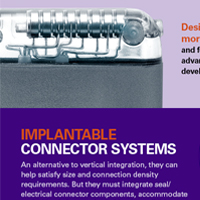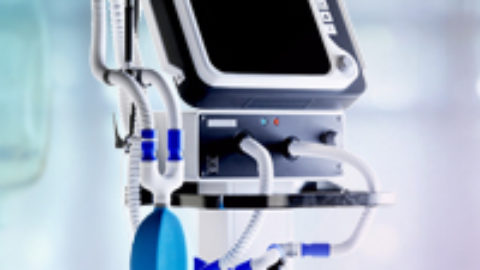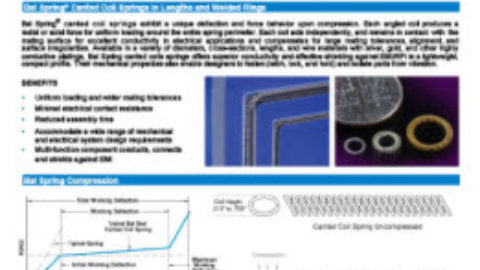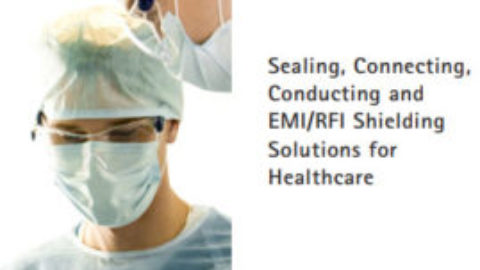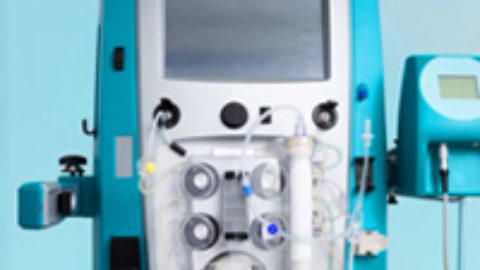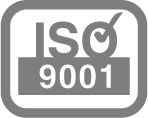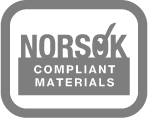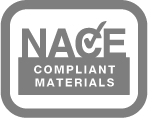Streamlining Neuromodulation Device Design:
The Benefits of Turnkey Implantable Connector Systems
In the rapidly advancing field of neuromodulation, where innovative solutions hold the potential to transform lives, the importance of efficient and reliable device design cannot be overstated. One critical aspect of neuromodulation device design is the choice of implantable electrical connector components. While some designers may be tempted to take a vertically integrated approach by developing and testing their own components (connectors and seals), the advantages of opting for a turnkey, pre-tested, and proven implantable connector system, like Bal Seal Engineering’s SYGNUS® system, are undeniable.

1. Accelerated Time-to-Market:
Developing a system of implantable connectors and seals from scratch can be a time-consuming process that involves extensive research, design, prototyping, testing, and refinement. On the other hand, utilizing a pre-tested and proven turnkey solution allows device designers to significantly reduce the development timeline. This accelerated time-to-market can be a game-changer, enabling manufacturers to respond swiftly to market demands and outpace competitors.
2. Expertise and Experience:
Choosing a turnkey solution like Bal Seal Engineering’s SYGNUS system gives the device designer access to a team of skilled professionals who have already navigated challenges, refined designs, and ensured compliance with industry standards. This wealth of knowledge can be invaluable in avoiding pitfalls and ensuring a high-quality, reliable connector system. Moreover, the designer can be sure the solution is backed by years of experience and expertise in the field of medical device engineering.
3. Rigorous Testing and Reliability:
Designing and manufacturing an implantable connector system involves extensive testing to ensure it can withstand the rigors of the human body and function flawlessly over time. A turnkey solution like the SYGNUS system comes pre-tested and proven, saving device designers the effort and resources required to conduct exhaustive component-level testing. This not only ensures the reliability of the connector system but also enhances the overall reliability of the neuromodulation device.
4. Focus on Core Competencies:
Neuromodulation device designers excel in creating groundbreaking therapeutic solutions, not necessarily in the intricacies of connector system design. By choosing a turnkey solution, designers can redirect their focus and resources toward their core competencies, such as optimizing therapy delivery, enhancing user experience, and refining the device’s therapeutic efficacy.
5. Mitigated Risk:
The vertically integrated approach comes with inherent risks, as unanticipated challenges and setbacks during connector system development can derail project timelines and budgets. A pre-tested and proven turnkey solution minimizes these risks, offering a stable foundation upon which designers can build their device innovations with confidence.
6. Compliance and Regulations:
Navigating the complex landscape of medical device regulations and standards is a challenging endeavor. A turnkey solution like the SYGNUS system is designed to meet stringent regulatory requirements, saving device designers the time and effort needed to ensure compliance. This is especially crucial in an industry where adherence to regulations is not only essential for patient safety but also for market entry and success.
7. Cost Efficiency:
Designing, prototyping, and refining an implantable connector system can incur substantial costs. Opting for a turnkey solution eliminates these upfront expenses, making it a cost-effective choice for device designers. Additionally, the streamlined development process and accelerated time-to-market can lead to cost savings in the long run.
In conclusion, while the allure of a vertically integrated approach to implantable connector system design may be tempting, the advantages of choosing a turnkey, pre-tested, and proven solution like Bal Seal Engineering’s SYGNUS system are clear. From accelerated time-to-market and expert support to component-level testing, reliability, and cost efficiency, the benefits of leveraging an established solution far outweigh the risks associated with designing and testing a connector system from scratch. By making this strategic decision, neuromodulation device designers can channel their energies toward innovation, ensuring that their core focus remains on developing life-changing therapies that enhance the quality of life for countless individuals.
